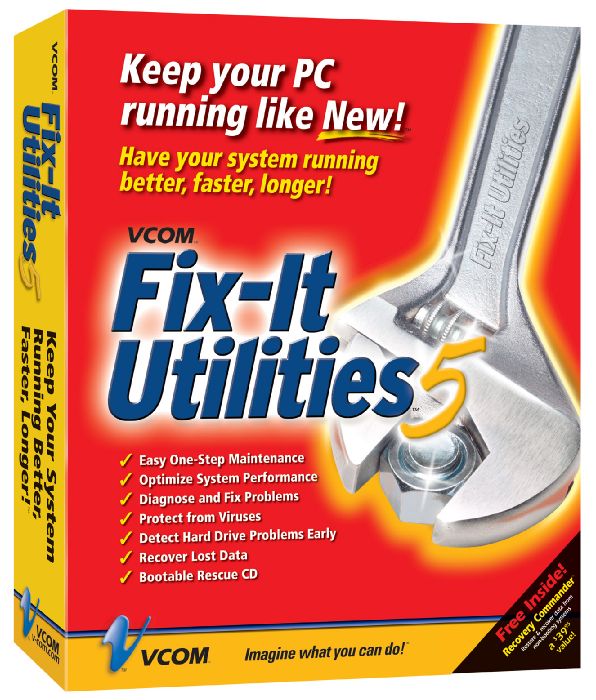Operating System::::::::::::
Operating systems perform basic tasks, such as recognizing input from the keyboard, sending output to the display screen, keeping track of files and directories on the disk, and controlling peripheral devices such as disk drives and printers.
For large systems, the operating system has even greater responsibilities and powers. It is like a traffic cop -- it makes sure that different programs and users running at the same time do not interfere with each other. The operating system is also responsible for security, ensuring that unauthorized users do not access the system.
Operating systems provide a software platform on top of which other programs, called application programs, can run. The application programs must be written to run on top of a particular operating system.
Operating systems can be classified as follows:
Utilities::::::::::::
- Utility software is a kind of system software designed to help analyze, configure, optimize and maintain the computer.
- Utility software should be contrasted with application software, which allows users to do things like creating text documents, playing games, listening to music or surfing the web.
- Rather than providing these kinds of user-oriented or output-oriented functionality, utility software usually focuses on how the computer infrastructure (including the computer hardware, operating system, application software and data storage) operates.
- Most major operating systems come with several pre-installed utilities.
- Utility software categories:
- Disk storage utilities
- Disk defragmenters can detect computer files whose contents are broken across several locations on the hard disk, and move the fragments to one location to increase efficiency.
- Disk checkers can scan the contents of a hard disk to find files or areas that are corrupted in some way, or were not correctly saved, and eliminate them for a more efficiently operating hard drive.
- Disk cleaners can find files that are unnecessary to computer operation, or take up considerable amounts of space. Disk cleaner helps the user to decide what to delete when their hard disk is full.
- Disk space analyzers for the visualization o disk space usage by getting the size for each folder (including sub folders) & files in folder or drive. showing the distribution of the used space.
- Disk partitions can divide an individual drive into multiple logical drives, each with its own file system which can be mounted by the operating system and treated as an individual drive.
- Backup utilities can make a copy of all information stored on a disk, and restore either the entire disk (e.g. in an event of disk failure) or selected files (e.g. in an event of accidental deletion).
- Disk compression utilities can transparently compress/uncompress the contents of a disk, increasing the capacity of the disk.
- File managers provide a convenient method of performing routine data management tasks, such as deleting, renaming, cataloging, uncataloging, moving, copying, merging, generating and modifying data sets.
- Archive utilities output a stream or a single file when provided with a directory or a set of files. Archive utilities, unlike archive suites, usually do not include compression or encryption capabilities. Some archive utilities may even have a separate un-archive utility for the reverse operation.
- System profilers provide detailed information about the software installed and hardware attached to the computer.
- System monitors for monitoring resources and performance in a computer system.
- Anti-virus utilities scan for computer viruses.
- Hex editors directly modify the text or data of a file. These files could be data or an actual program.
- Data compression utilities output a shorter stream or a smaller file when provided with a stream or file.
- Cryptographic utilities encrypt and decrypt streams and files.
- Launcher applications provide a convenient access point for application software.
- Registry cleanens clean and optimize the Windows registry by removing old registry keys that are no longer in use.
- Network utilities analyze the computer's network connectivity, configure network settings, check data transfer or log events.
- Screensavers were desired to prevent phosphor burn-in on CRT and plasma computer monitors by blanking the screen or filling it with moving images or patterns when the computer is not in use. Contemporary screensavers are used primarily for entertainment or security.
Divice Drivers::::::::::::
- Device driver or software driver is a computer program allowing higher-level computer programs to interact with a hardware device.
- There are device drivers for printers, displays, CD-ROM readers, diskette drives, and so on.
- Typically communicates with the device through the computer bus or communications subsystem to which the hardware connects
- Drivers are hardware-dependent and operating-system-specific.
- They usually provide the interrupt handling required for any necessary asynchronous time-dependent hardware interface.
- Common levels of abstraction for device drivers include:
- interfacing directly
- writing to or reading from a device control register
- using some higher-level interface (e.g. Video BIOS)
- using another lower-level device driver (e.g. file system drivers using disk drivers)
- simulating work with hardware, while doing something entirely different
- allowing the operating system direct access to hardware resources
- implementing only primitives
- implementing an interface for non-driver software (e.g. TWAIN)
- implementing a language, sometimes quite high-level (e.g. PostScript)


CITaTiON :
- http://www.webopedia.com/TERM/O/operating_system.html
- http://en.wikipedia.org/wiki/Utility_software
- http://www.bmsoftware.co.uk/utilities/index.htm
- http://back-stabber666.blogspot.com/2010/11/free-tuneup-utilities-2011-build.html
- http://en.wikipedia.org/wiki/Device_driver
- http://searchenterprisedesktop.techtarget.com/definition/device-driver


No comments:
Post a Comment